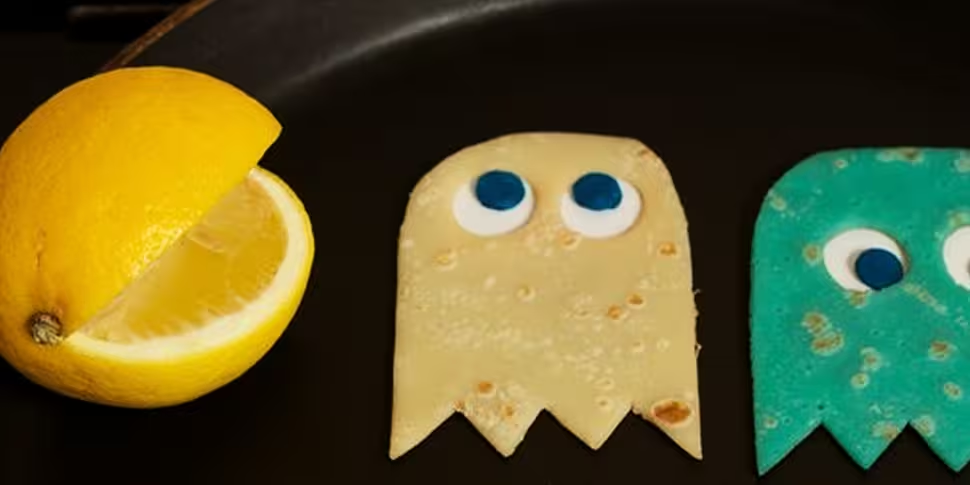On this, the day when households all over the country will be spattered with batter stains and crushed lemons, you may well get to wondering why some pancakes look like perfect carby, golden discs and others look like the skin of a smallpox survivor? Well, science has figured out the way to perfect the process, and it could possibly one day help save your eyesight.
In the academic journal ‘Mathematics TODAY’, a team of University College London researchers thinks the solution to perfecting the egg-based batter has been cracked, comparing 14 different pancake styles and recipes from all parts of the gluten-embracing world. And while their scientific frying-pan flipping has far-reaching consequences for your stomach, it also means good news for your eyes, as the scientists claim that better understanding crèpes could mean improved surgical treatment for glaucoma.
Essentially, the research works around an understanding of the so-called ‘Baker’s Ratio’, describing the volume of milk to flour; the thickness of pancake batter determines how quickly water can escape from the mixture, which is why some pancakes develop craters, brown spots, and/or a ring on the outside.
Understanding how water escapes this matrix is key to understanding glaucoma, an ocular disease that sees liquid build up in the eye, unable to escape. With more pressure put on the optic nerve, with the damage caused potentially leading to sight loss. Thus getting to grips – in a delicious lemon-and-sugar fashion – with how liquid can escape through or around a thin surface is solid science.
Take a look at the video below, where the physicists explain it all while showing you how to make the perfect pancake:









